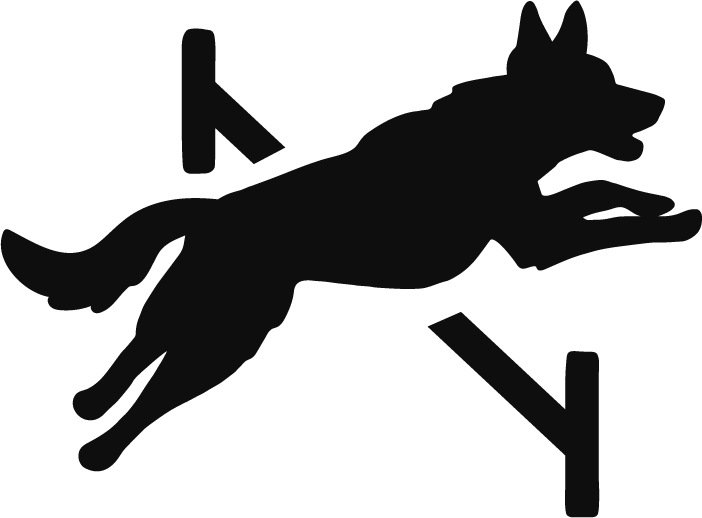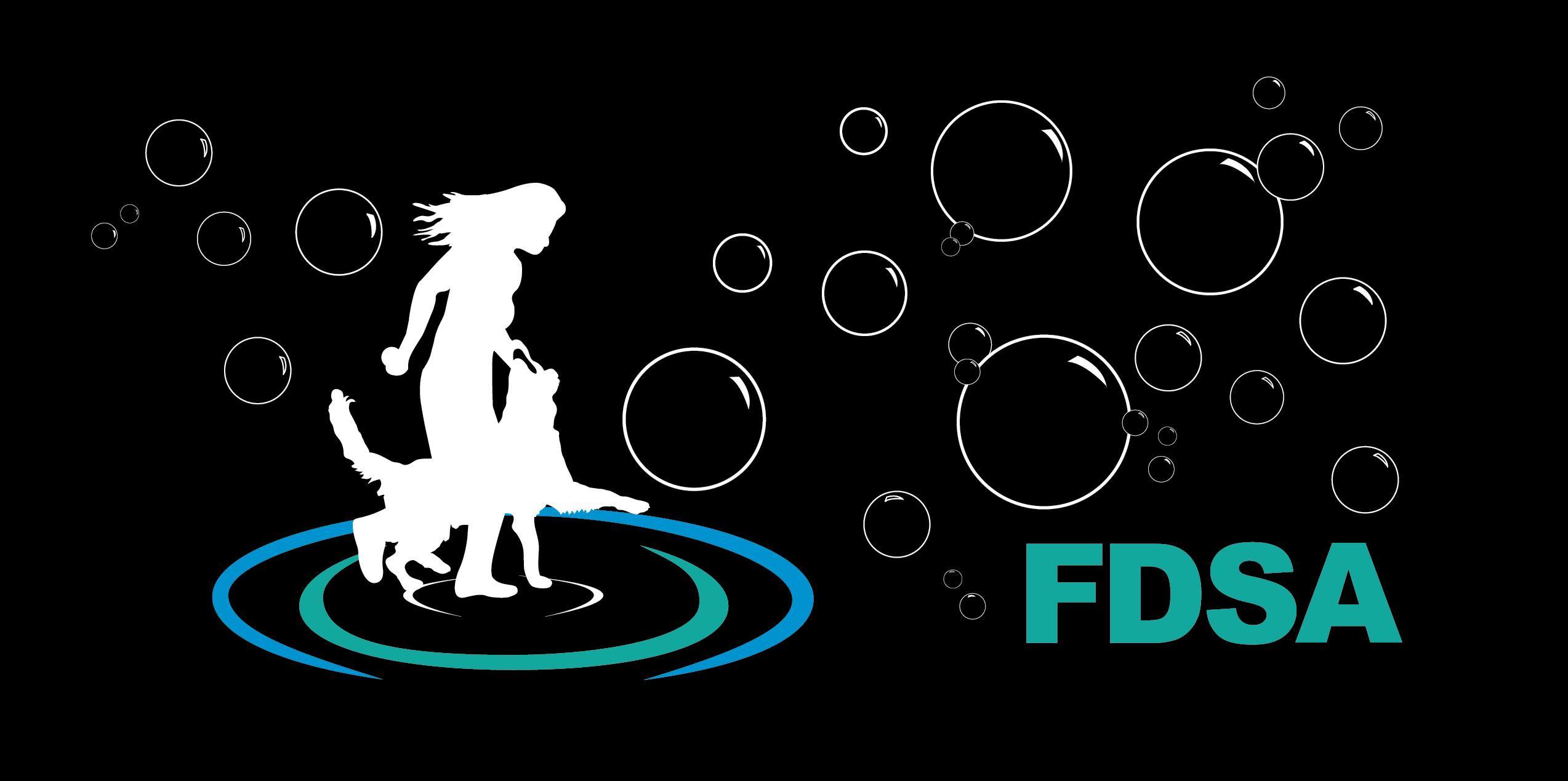 Webinar Presentations
Webinar Presentations
Questions or Problems? Please send email to allthethings@fenziacademy.com
Webinars will run approximately 1-2 hours including presentation and questions.
Click here for a list of frequently asked questions
Denise Fenzi - Staged to Engage: Pre-Engagement Strategies
Date: Thursday, January 1st, 2026
Time: 3pm Pacific Time (Click here for time at FDSA (Pacific Time).
Fee: $19.95 USD
Do you have a puppy or a “new to you” dog that you hope to train for competition? Want to make future engagement training simpler, cleaner, and more reliable?
This webinar focuses on the early decisions that can fundamentally shape engagement long before formal engagement training ever begins. We’ll look at everyday “life” training choices and the trade-offs they create in areas like manners, impulse control, socialization, play, and shaping. Small choices add up, and understanding them now can prevent common engagement challenges later.
We’ll also consider how and where you train. How your dog experiences shaping, problem-solving, and interaction can influence whether they naturally seek you out when uncertain and value personal engagement as information, not pressure.
Finally, we’ll look at temperament and pre-engagement interaction. Different dogs come with different risk points, and understanding how temperament influences engagement helps you make smarter, more individualized choices from the very beginning.
This webinar is about raising and training your dog with intention… so that when it’s time for formal engagement work, the foundation is already there.
Watch the Trailer
*This is a repeat webinar. Please check your Webinar Library to prevent a duplicate purchase.
* Click here to Register Now *
Denise Fenzi - Acclimation and Engagement 2.0: From Training to Competition
Date: Thursday, January 1st, 2026
Time: 6pm Pacific Time (Click here for time at FDSA (Pacific Time).
Fee: $19.95 USD
Do you feel like you’re working hard to make training exciting, while your dog gives very little back? Do you struggle to hold your dog’s attention unless you’re holding a cookie or dangling a toy? Have you been told you just need to be “more exciting”?
If this sounds familiar, your team likely needs Engagement training… a process that shifts responsibility for starting work from the human to the dog. Instead of persuading your dog to train, your dog learns to actively choose the work and demand that you join, without visible food or toys.
The solution to distraction is not becoming louder, faster, or more entertaining. It’s changing the power dynamic so the dog understands that work itself is valuable, and that access to it is a privilege. Once you experience training with a fully engaged dog, bribing and cajoling quickly become things of the past.
This webinar builds on Denise’s previous Engagement webinar and class, introducing additional steps and concepts for dogs that need more structure, as well as a clear plan for advanced engagement. The goal is a trial-ready partner who can enter a competition environment calmly and confidently, without needing to explore the space before being invited to work.
Watch the Trailer
*This is a repeat webinar. Please check your Webinar Library to prevent a duplicate purchase.
* Click here to Register Now *
Kelly Daniel - Ready for the Whistle: Fitness for Gun Sports Dogs
Date: Thursday, January 8th, 2026
Time: 3pm Pacific Time (Click here for time at FDSA (Pacific Time).
Fee: $19.95 USD
Gun dog sports can be extremely physically demanding. Whilst these dogs gain a ton of fitness in training, as this is normally in a similar context to competitions, the reality is that the physical demands placed on Gun Dogs, both in sports and in a hunt, are huge. This webinar will cover the physical skills, movements, and positions commonly used during Gun Dog work, and then give specific fitness exercises to help strengthen these skills. We will also cover common physical issues in typical Gun Dog breeds, and preventative exercises to provide strength and stability in trouble areas. This webinar will give practical exercises to improve your gun dogs fitness, and longevity in the sport as well as assisting in injury prevention.
Watch the Trailer
Coming Soon!
* Click here to Register Now *
Erin Lynes - Self-Control as a Muscle: Emotional Fitness for Adolescent Dogs
Date: Thursday, January 8th, 2026
Time: 6pm Pacific Time (Click here for time at FDSA (Pacific Time).
Fee: $19.95 USD
Adolescence can turn even the sweetest puppy into a whirlwind of big feelings, impulsive choices, and sudden “selective hearing.” But this stage isn’t about being difficult — it’s about a growing, changing brain, and learning how to navigate the world with emotional strength. One of the most common struggles owners share about their teenage dogs is simple: a sudden loss of self-control. Grabby mouths, spring-loaded jumping, frustrating reactivity, impulsive choices, and the universal cry of, “Why is my dog pushing every button when I TAUGHT HIM ALL OF THIS AS A PUPPY?!” You’re not alone — and your dog isn’t broken. In this presentation, you’ll learn how to help your adolescent dog develop true self-control by treating it like a muscle that strengthens through warm-ups, small successful reps, and thoughtful recovery. We’ll explore why teens struggle with focus, how to read their emotional capacity, and which training games build impulse control without pressure or conflict. Physical strength doesn’t come from workouts alone; it requires balanced nutrition, restorative sleep, and healthy stress levels. Emotional strength is built the same way. For your dog to benefit from any self-control “workout plan,” their foundational needs must be supported. We’ll break down the lifestyle factors that help adolescent dogs thrive — or hold them back. Finally, we’ll dive into simple, fun exercises you can use every day to help your dog think more clearly, regulate excitement, and make better choices — at the door, on walks, around visitors, during play, and in all those chaotic real-life moments. If you want a more thoughtful young dog and a training plan that truly supports their developing brain, this webinar will give you the tools, confidence, and compassion to get there. Give your teen dog the emotional fitness they need to grow into a steady, resilient adult — one small rep at a time.
Watch the Trailer
Coming Soon!
* Click here to Register Now *
Michael Shikashio - Stranger Danger - Dog to Human Aggression (Part One)
Date: Thursday, January 15th, 2026
Time: 3pm Pacific Time (Click here for time at FDSA (Pacific Time).
Fee: $19.95 USD
Do you have a dog that behaves aggressively towards people entering your home? Have you dealt with this issue by secluding your dog in another room of your house every time someone visits? Do you want to learn how to change this behavior and help your dogs be more comfortable with your guests?
Join aggression specialist Michael Shikashio CDBC in part one of this two-part series where he will cover:
- Common and not so common reasons dogs may have “stranger danger” issues
- Mistakes to avoid when dealing with this problem
- How to safely manage dogs who behave aggressively towards visitors
- Key concepts to modify this behavior
Watch the Trailer
*This is a repeat webinar. Please check your Webinar Library to prevent a duplicate purchase.
* Click here to Register Now *
Michael Shikashio - Stranger Danger - Dog to Human Aggression (Part Two)
Date: Thursday, January 15th, 2026
Time: 6pm Pacific Time (Click here for time at FDSA (Pacific Time).
Fee: $19.95 USD
This webinar will build on the information from “Stranger Danger – Dog to Human Aggression Part One” and will detail case studies and their successful resolution. It is highly recommended to watch part one in this series as the fundamentals of the behavior change strategies are explained and discussed.
Join aggression specialist Michael Shikashio CDBC in part two of this two-part series where he will cover:
- How to determine the potential outcome in a particular case
- Behavior modification strategies for dog to human aggression
- Case studies with video of the techniques in action and successful resolutions
Watch the Trailer
*This is a repeat webinar. Please check your Webinar Library to prevent a duplicate purchase.
* Click here to Register Now *
Questions or Problems? Please send email to help@fenziacademy.com



